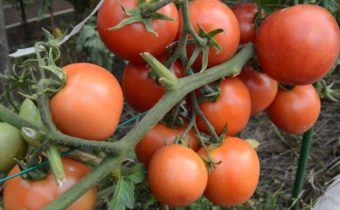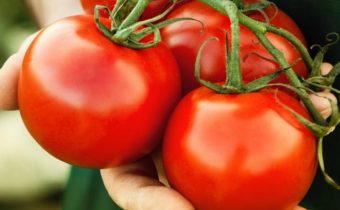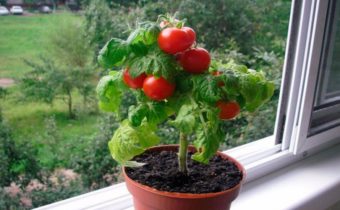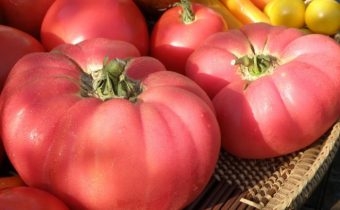Tomato "Slav". Variety description
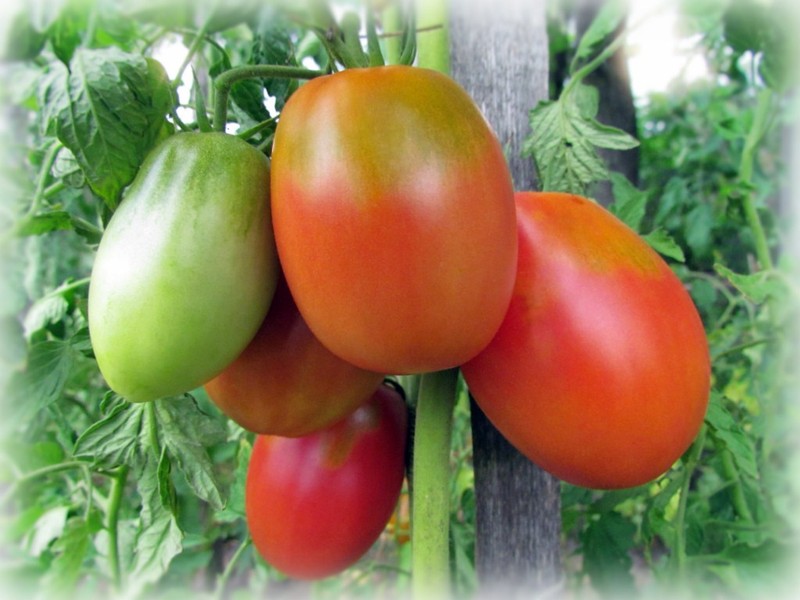
Well, you yourself know everything, and once looked here, you were interested in the tomato "Slav" and its description of the variety. You came to the address, then you will learn everything that concerns this tomato. This is a great variety that has many advantages.
general description
This tomato is the result of the work of Siberian breeders. All their varieties are of high quality, good performance and "Slav" is no exception. On the bushes ripen raspberry fruits that are very tasty, juicy. Moreover, the variety is unpretentious, fruitful and sustainable. What we will discuss further.
See also: Tomato "Summer resident" reviews, photos, yield
Tomato "Slav". Characteristics and description of the variety
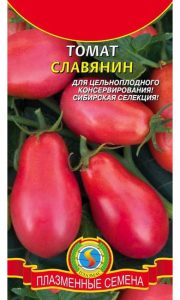 Reviews of summer residents who have already planted this tomato are very good. Yes, in fact, there is nothing to complain about, except that bushes grow high, and they need supports. It is also necessary to remove the stepchildren, but this technique of agrotechnology is required by the majority of tomato plants.
Reviews of summer residents who have already planted this tomato are very good. Yes, in fact, there is nothing to complain about, except that bushes grow high, and they need supports. It is also necessary to remove the stepchildren, but this technique of agrotechnology is required by the majority of tomato plants.
- Variety is a determinant species. Its stem height can reach up to 130 cm. Support is required.
- High-yielding tomato - one bush can produce up to 4-5 kg of fruits.
- Tomatoes ripen scarlet, crimson color, they are compact, suitable for whole-canning. Fruit weight - up to 120 grams.
- The skin is dense, which protects the tomatoes from cracking, but at the same time while eating its hardness is imperceptible.
- Universal table appointment - can be used for preparation of juices, pasta, salads, both fresh and winter.
- Very unpretentious variety - it is not afraid of temperature drops, rains. Productivity does not decrease.
- It has excellent resistance to major tomato diseases.
- It has an average ripening period - the first harvest you get in 110-115 days after sowing.
- Suitable for greenhouse cultivation, and for open ground.
- Well stored and transported.
As you can see, some advantages. And then we will tell you about agricultural technology, it is simple. Sure this tomato will become a resident of your garden for a long time.
See also: Tomato "Verlioka" - characteristics and description of the variety photo
Growing tomato "Slav"
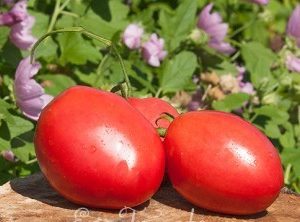 Crops begin in the first decade and in the second of April. The soil is poured into a container, peat is added to it, sand, lightly rammed. After that they plant seeds, slightly deepening, then moisten and cover with film. You can spend and pre-sowing treatment - soak the seeds, for example, in "Kornevine." This well stimulates growth, the formation of roots, which in the future will give good nutrition and, as a consequence, a high yield.
Crops begin in the first decade and in the second of April. The soil is poured into a container, peat is added to it, sand, lightly rammed. After that they plant seeds, slightly deepening, then moisten and cover with film. You can spend and pre-sowing treatment - soak the seeds, for example, in "Kornevine." This well stimulates growth, the formation of roots, which in the future will give good nutrition and, as a consequence, a high yield.
Tip!
Follow all agricultural practices according to the dates of the lunar calendar. The phases of our satellite can be a good help in country affairs. It is best to plant crops that produce fruits in the upper part, on the growing moon, in the lower part (potatoes, radishes) on a decreasing one.
Seedlings dive in the phase of 2-3 leaves. You can immediately sow in a separate container. Before transferring to the ground, the saplings must be hardened and the first 1-2 weeks should be kept ready for shelter in case of a cold snap. Of course, seedlings are watered as the soil dries out, and before planting they pour mineral fertilizer into the holes. With regards to the soil, it can be humus, sand, earth, and peat, garden soil, and compost with turf soil. From parasites shed boiling water. It is possible to instill weeds into the soil in the autumn, to make compost pits, and to dig up a plot in spring.
See also: Tomato "Shuttle" reviews about him those who grew it
The transfer is carried out in May - in early June, you can immediately attach the seedlings to the supports. It is possible to form bushes in 1-2 stems.In time, remove weeds, stepchildren. During the season, you can apply 2-3 times organic fertilizer. You can alternate mineral fertilizers, foliar feed and organic. If you decide to spray the bushes with fertilizers, then do it only in the morning and in the evening, never water in foggy weather.
This will be enough to get a good harvest. If you plant in a greenhouse, it will be more, the bushes are higher than in the open field.


